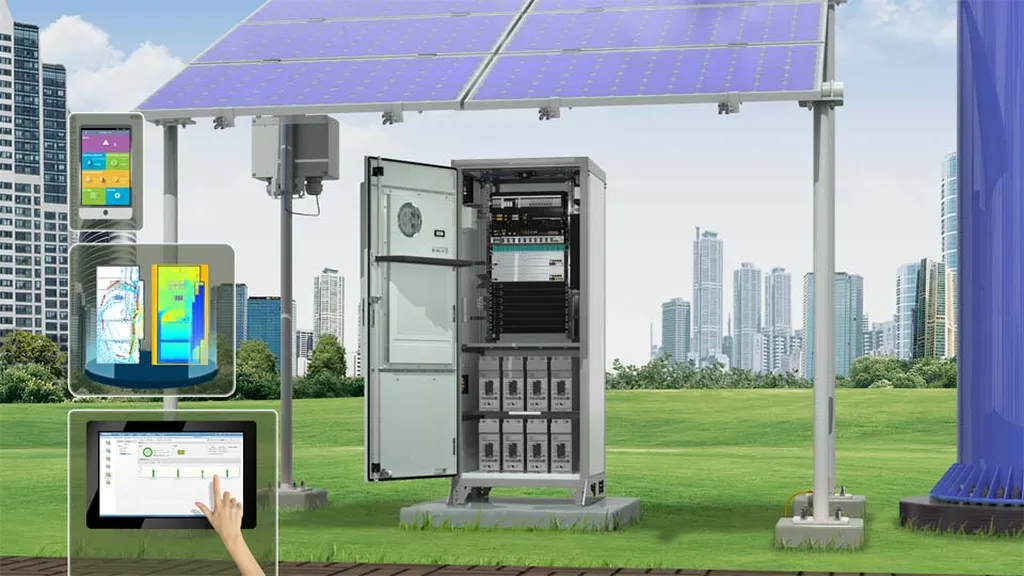In the quest for reliable and cost-effective power solutions for telecommunication infrastructure, a groundbreaking study has emerged from the Department of Electrical Engineering at the Lahore University of Management Sciences. Lead author Huzaifa Rauf and his team have evaluated the reliability and economic aspects of hybrid power systems for base transceiver stations (BTS), crucial for maintaining uninterrupted communication services.
The study, published in the English-language journal “IEEE Access,” focuses on three hybrid system configurations designed to ensure continuous power supply to BTS during outages. These configurations include solar photovoltaic (PV) systems, hydrogen fuel cells, and battery energy storage systems. The research aims to optimize power operation and assess the operational costs of these configurations, providing a framework that could revolutionize the energy sector.
“Reliable telecommunication tower operation is paramount for sustainable cities,” Rauf explains. “It ensures uninterrupted communication, supports economic growth, facilitates smart city applications, and enables emergency response.” The study’s findings highlight the importance of integrating renewable power sources to enhance energy supply and promote long-term societal well-being.
The case study conducted as part of the research examines the effectiveness of the optimization framework. It evaluates the system size and costs of solar PV, hydrogen fuel cell, and battery energy storage systems. The results are compelling: the system architecture combining a utility grid with battery energy storage and solar PV offers the most cost-effective option. Meanwhile, the system architecture incorporating a utility grid with battery energy storage and hydrogen fuel cells provides the highest reliability.
One of the most significant findings is the daily operating cost of the solar PV-based architecture, which is 40.3% lower than that of the hydrogen fuel cell-based system and 35.8% lower than that of the utility grid and battery storage configuration. This discovery has profound implications for the energy sector, particularly in regions with intermittent utility grids.
The study’s contributions extend beyond immediate cost savings. By developing an optimization framework for integrating renewable power sources, Rauf and his team have laid the groundwork for future advancements in energy supply systems. This research could shape the development of more resilient and sustainable energy solutions, benefiting both the energy sector and society as a whole.
As the world moves towards a more sustainable future, the insights from this study are invaluable. They provide a roadmap for optimizing power operations and reducing costs, ultimately enhancing the reliability of telecommunication infrastructure. The research not only addresses current challenges but also paves the way for future innovations in the field of energy storage and renewable integration.
In the words of Huzaifa Rauf, “This study contributes to the integration of renewable power sources and optimization framework, enhancing energy supply and promoting society’s long-term well-being.” The implications of this research are far-reaching, offering a glimpse into a future where reliable and cost-effective energy solutions are within reach.

